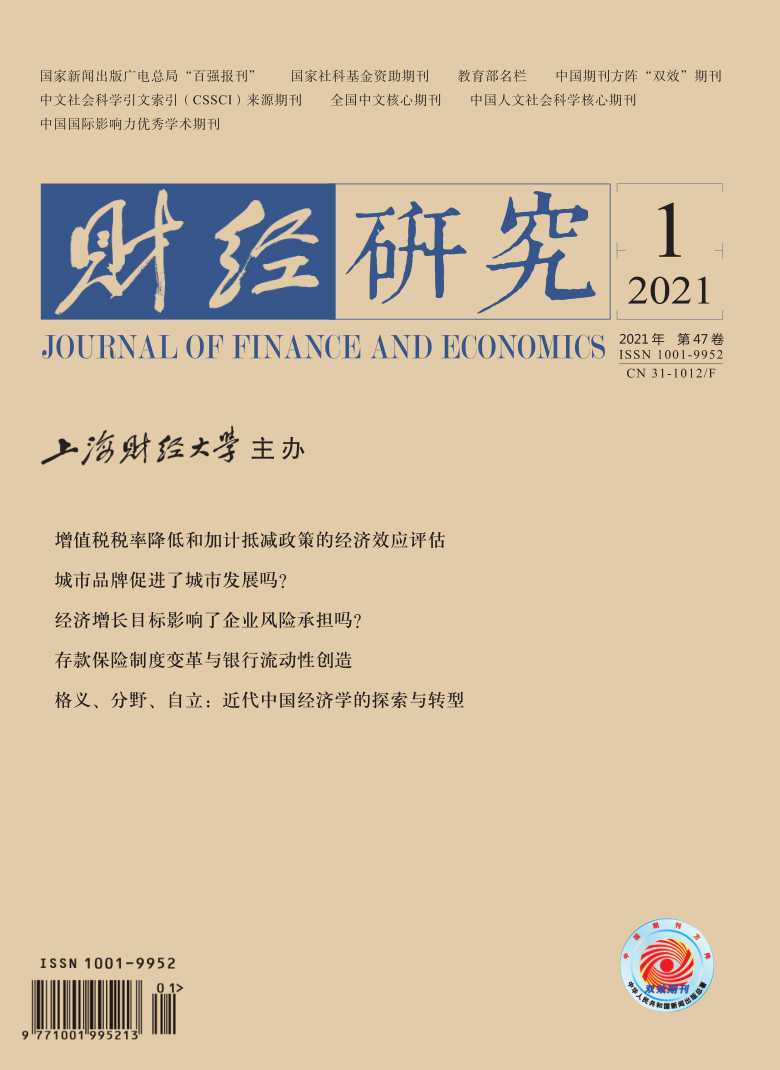Enterprise risk-taking is an index reflecting the tendency of enterprises to pursue high profits and the willingness to take risks. If enterprises want to develop and grow, they must choose some investment projects with high risk and high return. The performance of the real industry directly determines the economic growth. Therefore, a higher level of risk-taking can promote capital accumulation and promote the technological progress of the whole society. In China, economic growth is largely influenced by political and financial incentives from central and local governments. Local governments set clear economic growth targets every year to guide regional development. Although many studies have studied the role of growth target from the perspective of macro-economy, few studies have specifically examined the role of growth target in microeconomics. We put forward the following hypothesis: In order to achieve the goals set, local governments may introduce diversified support policies, and even intervene in the operation of enterprises. In other words, high goals will increase the risk level of local enterprises.
From the perspective of local governments’ economic growth goals, this paper examines how economic development goals affect the level of enterprise risk-taking by matching the economic growth target data of 233 prefecture-level cities and 2381 Shanghai and Shenzhen A-share listed companies from 2009 to 2015. It is found that the improvement of local economic growth target significantly increases the level of enterprise risk-taking. Specifically, for every 1% increase in economic growth target, the risk-taking of enterprises will increase by about 0.24%. After changing the measurement method of enterprise risk-taking and economic growth target and the fixed effect mode, and considering the lack of samples and endogenous problems, the conclusion still exists. In the moderating effect of external resources, this paper finds that enterprises with high government subsidies, enterprises with low degree of financing constraints and enterprises with high loans have a greater role in improving their risk tolerance level. The heterogeneity test also finds that the stimulating effect of local economic growth target on the level of enterprise risk-taking is mainly reflected in enterprises with relatively large scale, state-owned enterprises and enterprises with political connections, and mainly reflected in cities with low development level and low degree of marketization. These findings consistently show that the promotion of local economic growth goals on enterprise risk-taking level is mainly the result of resource allocation dominated by local governments, rather than the result of market signal mechanism.
The main contributions of this study are as follows: Firstly, most of the relevant researches investigate the level of enterprise risk-taking from the perspectives of internal structure and market factors, rarely from the economic perspective. From the perspectives of China’s developmental government and economic growth target management, this paper focuses on the impact of this macroeconomic policy on enterprise risk-taking, and broadens the existing research boundaries. Secondly, although a large amount of literature focuses on the macro effect of economic growth goals, there are few studies on the micro effect. It is helpful to understand the mechanism of economic growth target management system of Chinese government by establishing macro and micro theoretical connection. Our empirical analysis can provide enlightenment for the government to formulate economic growth target policies and help enterprises make reasonable management and investment decisions.






 9473
9473  8040
8040

